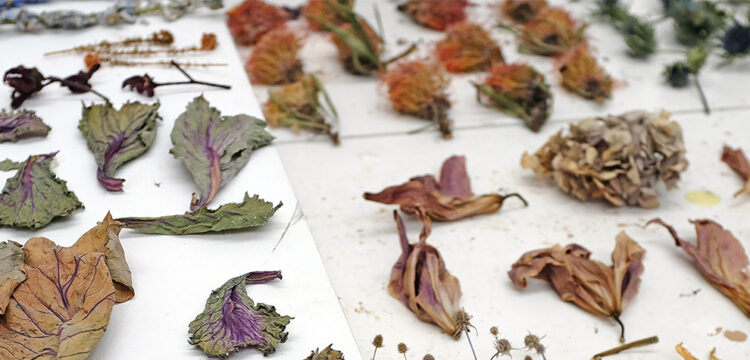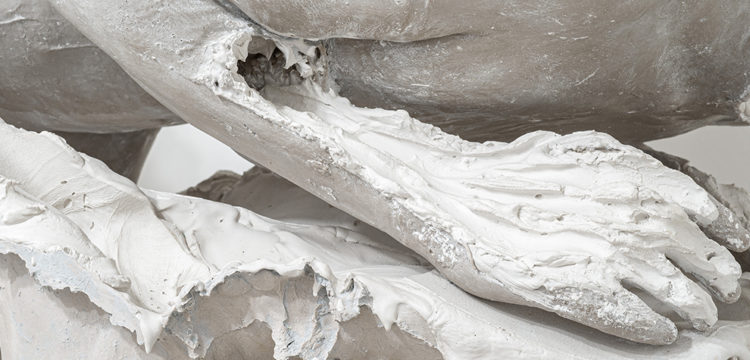Interpreting the Object
Roberto Sironi in conversation with Barbara Brondi and Marco Rainò
This interview is an excerpt from the publication Roberto Sironi: Encoded Symbols, a book dedicated to the work of Roberto Sironi, as part of a series of monographs on the thought and work of young contemporary designers. The activity of the Italian designer unfolds through highly symbolic projects, based on his personal interest in anthropology and ethnology.
For Sironi, the history of technology indelibly marks the course of human evolution and affects its different modes of cultural expression. Across fine arts and applied arts, between analogue actions and digital computations, his work brings design to an original stage of manifestation, where conceptual vision intersects with a quasi ritualistic ability to materially manipulate.
Illustrated by a rich photographic series, the book presents the results of Sironi’s creative thought through some selected projects; written by Barbara Brondi & Marco Rainò, the volume recounts the experience of the Design Residency inspired by the theme “Encoded Symbols” Sironi has been the protagonist of, which is part of the broader project IN Residence, a research program dedicated to design that has elaborated new reflections in the field of education and training, as well as in the support and promotion of creative talent, through an intense and recognized activity.
Barbara Brondi & Marco Rainò: How would you describe, in short, your design approach? What are the objectives of your research?
Roberto Sironi: I look at the project as a fluid organism that can be shaped by the designer in relation to narrative needs. To design is to write a screenplay: to organize a story in which the subjects are the objects produced, representations of a reality that is imagined and therefore counterfeited, but precisely for this reason also revealing. I think of the designer as he who acts on the object but also on the subject, an interpreter who makes use of certain languages to break them down and put them back together, deciphering the original nature of things and re-signifying it. The objective is to produce knowledge, to inform the viewer by working on associations of meaning, stimulating the perceptive level, revealing worlds under the surface.
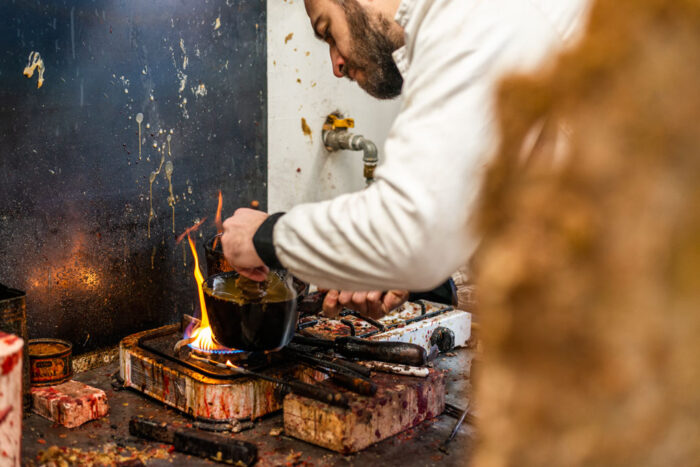
Is the process through which you make your projects organized in keeping with a recurring method, or does it take on different connotations case by case?
The process is based on a consolidated binary approach: on the one hand, delving into a theme, analysis, field research, the gathering of information and materials; on the other, the conversion of those data into form. A form that always has to do with the meaning, which acts as a medium, to in-form. The sensitive phase of the project is to transform thought into signifying matter, in which the objectual representation is the manifestation of the mental concept. In this process a bias is always created, which I try to minimize through dialogue with the artisans, since they are the ones who directly transform the material.
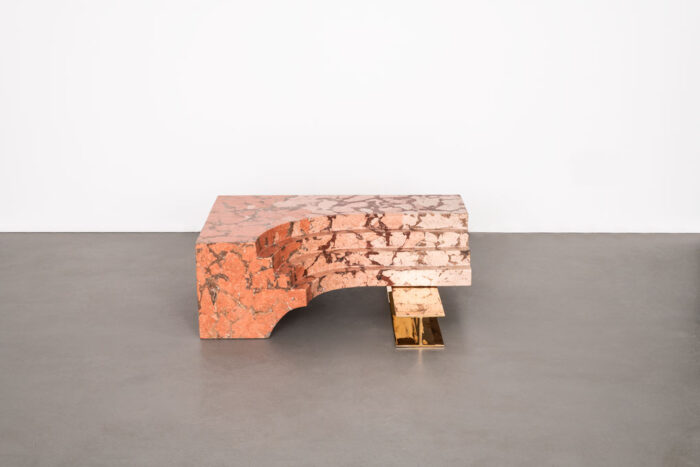
What are the main sources of inspiration in your operative practice and the identity of your poetics?
My work comes from a desire for knowledge, exploration, critical analysis of the environment seen as socio-anthropological complexity. I look at design as informing matter, hence as a device that can come to terms with and deeply explore a vast range of themes, from archaeology to philosophy, biology to robotics.
The design identity is constructed through a path of constant, coherent research, carefully choosing the themes to investigate in keeping with an overall vision that is also designed in its own right. To form one’s own identity also means taking positions and designing with awareness, questioning origins, production processes and the life cycle of materials.
I believe it is much more complex to be designers in this historical period, and I often think about my role and my responsibilities in the light of contemporary problems.
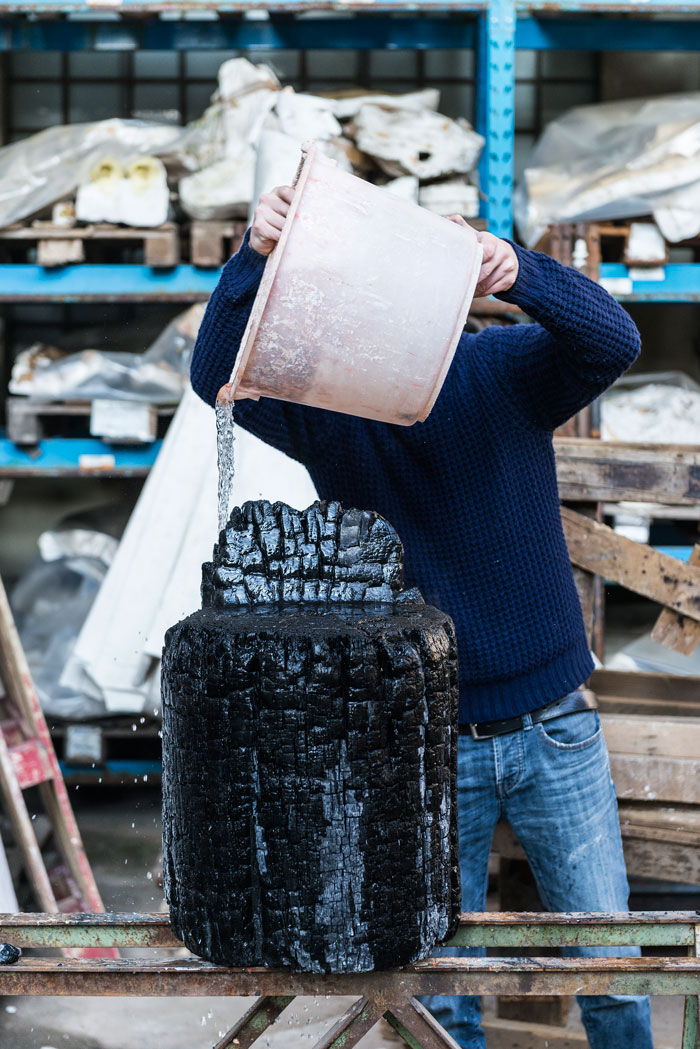
Your investigation has roots in the territory explored by cultural anthropology, the field of social sciences that studies the human being in relation to its insertion in specific socio-cultural contexts. Can you tell us about this priority interest of yours, and its influence on your creative practice?
One of the main sources of inspiration is the study of anthropological theories. We are the only species on earth that produces artifacts. And being a designer means being involved with artifacts.
I am interested in investigating the origins, the primordial matrices of this production, the symbolic, ritual and religious meanings hidden behind objects. How the Desana of the Amazon produce objects according to a cosmological vision completely different from that of the western world, or how the Dogon of Mali use natural resources available to them for their architecture.
The current capitalist system of production is not very satisfying, from many viewpoints, first of all regarding social inclusion and environmental sustainability; I believe it comes spontaneously to look elsewhere in order to introduce different perspectives.
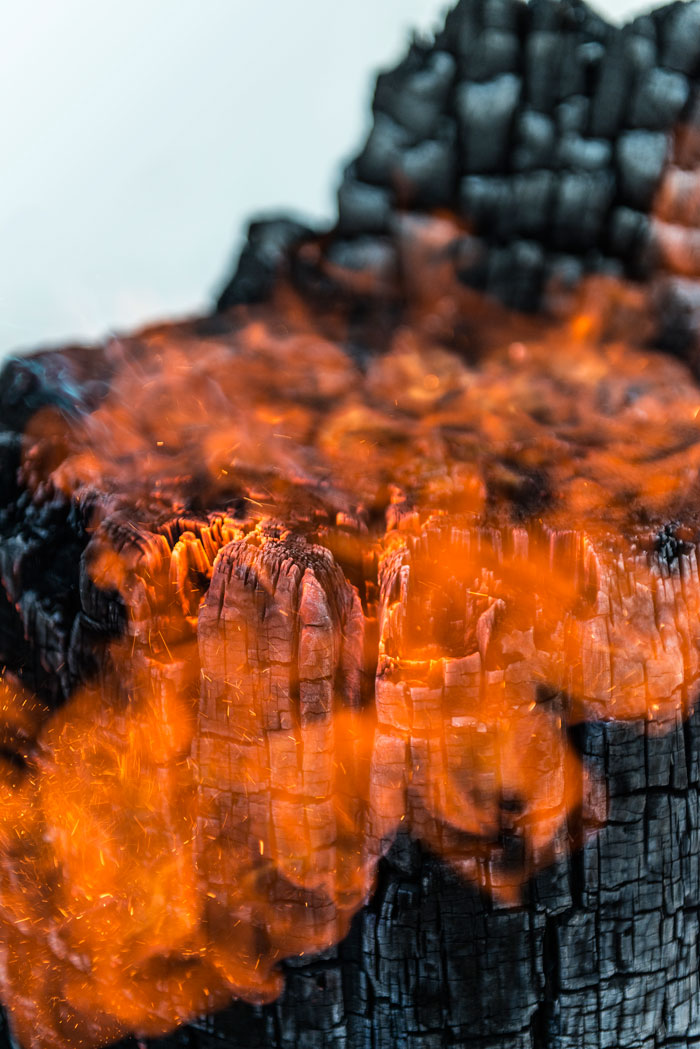
Material, often subjected to processes of transformation and reconfiguration, is the main subject of your design practice. How do you operate to activate its expressive potential?
A material is a system of complex, sophisticated values, to which we can attribute different meanings with respect to the vantage point. It can even be a metaphor—and hence a vehicle—of a system of thought, as happens for example in the Japanese pottery of the Ashikaga period, which is able to express Zen principles of aesthetics and philosophy through the refinement of irregular forms and the pursuit of imperfection.
My personal investigation is mainly based on two lines of research: on the one hand, the material shaped and altered by natural elements that trigger the sculptural process—as in the case of the Fuoco project—and on the other, the recovery of abandoned materials and techniques that have value in terms of historical and artistic heritage. I am thinking about bucchero, an Etruscan pottery technique that is hard to reproduce due to the complexity of the workmanship and the firing in charcoal, or the artificial marble of Rima—a technique that flourished in the second half of the 1800s and was then abandoned, due to the increased availability of natural marble.
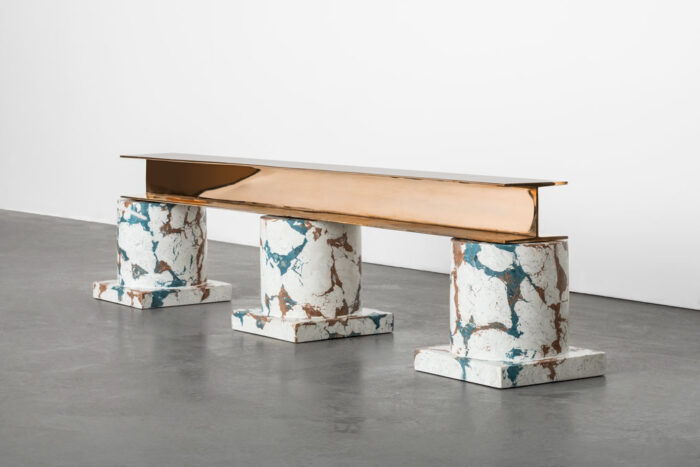
Your work looks to the skills of the crafts tradition—its rituals of manual production, its operative formulas—as a cultural legacy that necessarily has to inform contemporary and future design. What type of cooperation do you establish with the various artisans with whom you work? What kind of exchange of knowledge takes place?
I think of crafts as a practice with sacred aspects, a form of personal elevation through the relationship with matter and its transformation. I am thinking about the approach of the Japanese Takumi masters—who believe that at least 60,000 hours are required to achieve true mastery of a technique—according to whom an object ought to reflect the sensations experienced by the artisan in the moment of its creation.
My projects are possible only thanks to the collaboration of expert craftsmen, often the only ones who have knowledge of a given technique. Just consider Fonderia Artistica Battaglia—with its bronze patinas developed in over one century of history—or Simone Desirò, a decorator and the last custodian of the refined Rima marble technique in Piedmont. Then there is Gaetano Rossi, one of the last ceramists working with Etruscan bucchero, or Mariantonia Urru, who applies Sardinian weaving methods passed down across generations.
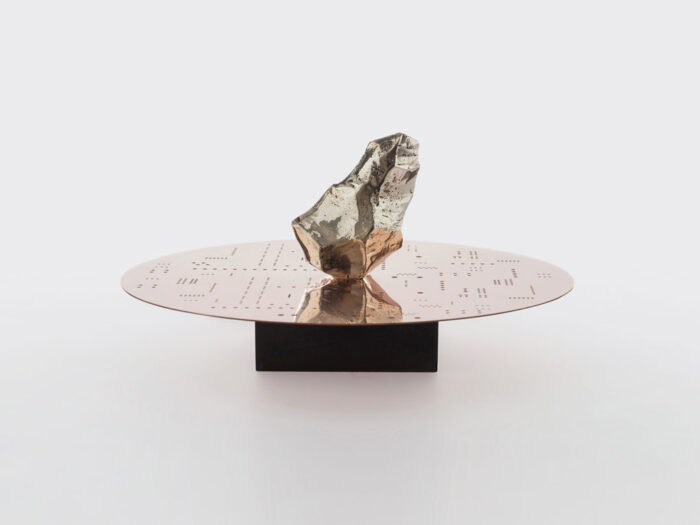
All your projects stand out for their narrative approach: the intention to tell a story in your creative process sets the tone of your personal way of doing design. Could you tell us a bit more about that?
Every project is seen as a story, inside individual thematic chapters—which then coincide with my personal fields of interest—with the objective of writing a single big novel that brings together all my research. I believe strongly in the narrative power of design, which is similar to the narrative force of a novel, a theater piece or the screening of a film. For example, in the project Human Code I have taken Kubrick and his 2001: A Space Odyssey as the reference, a narrative master to talk about the evolutionary process of the human being.
Digital and analog: two separate ways to translate specific physical magnitudes in a comprehensible way, but also two different practices of production, organization and transmission of data that represent those same physical magnitudes. They are also useful terms to trigger reflections on the role of technology in relation to a given social context and a specific period in history. What impact do these topics have on your work?
Technology began together with mankind, and it is an attitude specific to our species; one of the most interesting aspects is to observe how it has evolved and/or involved over the millennia, and how human beings—2.5 million years ago—utilized the scarce material and cognitive resources available to create indispensable tools for their survival. Or how the present advance of technology has led to the creation of robotic systems based on artificial intelligence, with the resulting growth of theories on the post-human and the trans-human. Human Code is a project I have developed by following this logical thread: a small collection of artifacts seen as the matrix of the man-technology relationship across the millennia, with all its leaps and contradictions.
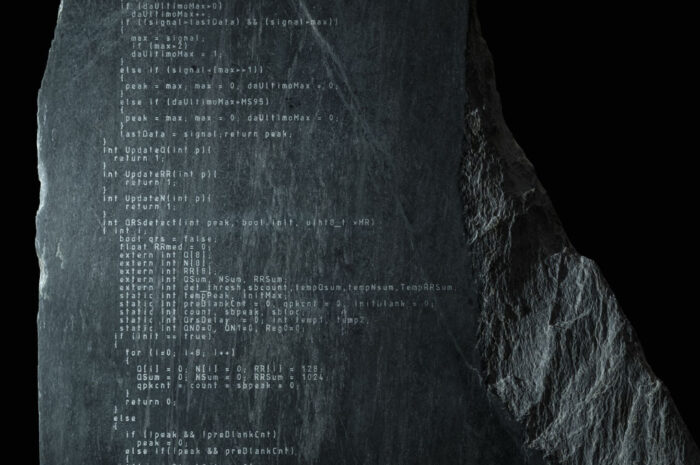
In your works there is the recurring desire to stimulate reflection on the concept of identity. What are your preferred ways of interpreting this term, which is so full of meanings?
I am against a certain type of globalization of design, which creates flatness and uniformity, erasing territorial specificities. Instead,
I believe that starting from a historical, anthropological and geographical matrix, or working on the tradition and the genius loci, is the best way to create value. I am thinking about the Italian brand Pretziada and their ability to narrate aspects of the Sardinia region using design as a tool to convey the island’s characteristics of identity.




